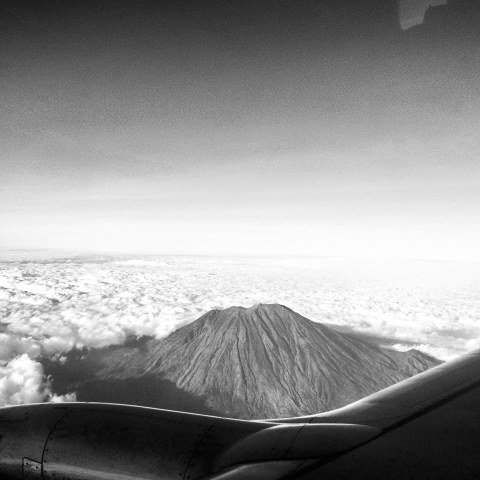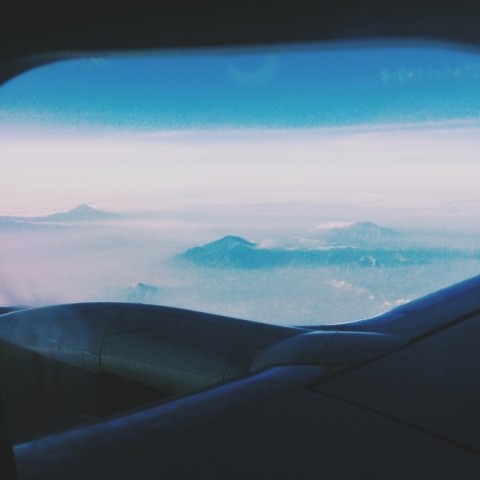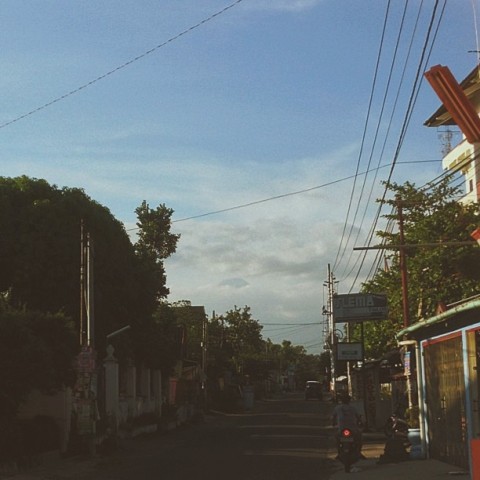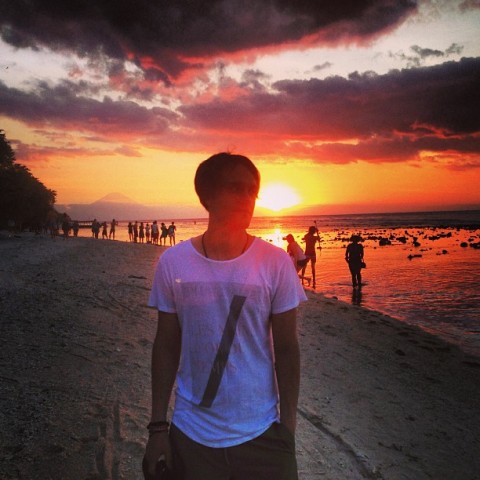Fire and smoke
September 1, 2013 § Leave a comment
There are a lot of volcanoes in Indonesia. Yes, I’m stating the obvious there. But there’s something really exhilarating, confronting and thrilling in actually being able to see them RIGHT THERE on a frequent basis. Hell, I can even see Mount Merapi, one of Indonesia’s most currently active volcanoes, right up the street I live on. It’s an extraordinary reminder of human fragility and natural strength.
One thing I find fascinating is the Javanese spiritual connection with volcanoes. In Yogyakarta especially, a busy city in the shadow of the very active Merapi, this reverence is particularly noticeable. On a clear day, you can make out Merapi looming over the city in sharp relief, and on several occasions I have looked up and gasped. It’s hard to ignore a volcano right there in your face. A few weeks ago, Jogja was looking rather gritty after a dousing of “hujan abu” – ash rain, covering the city in grey debris carried by the rain from the smoking monster. The most recent major eruption was in 2010, which led to thousands of people who lived on the fertile slopes to be displaced, and hundreds of people died.
In relation to the city of Yogyakarta, Merapi lies to the north, and the dangerous South Java Sea to the south. Right in the middle sits the Kraton, the royal court of Yogyakarta where the current king still resides. The people of Yogyakarta believe that the role of the king is to mediate between these two powerful forces, with the palace as a conduit.
Concepts of the elements – smoke, salt, fire, water – and their symbolic importance to the Indonesian people is something I find endlessly fascinating. People who live close to Merapi make offerings to the volcano, in hopes of calm days but continued fertility and good crops. Those who live to the south, closer to the ocean, make similar offerings to the Queen of the South Sea, who they believe controls the raging, wild waves and if not appeased, will happily take victims.
I am really interested in exploring these mythological concepts and their role in the contemporary context of Yogyakarta. There’s just something about volcanoes that sets you on edge, scares the daylights out of you but is so absolutely inspiring. I think there’s something in this idea of being suspended between forces, acting as a conduit or “peace maker” for what those of us in Australian society would consider scientific phenomenon.





Leave a comment